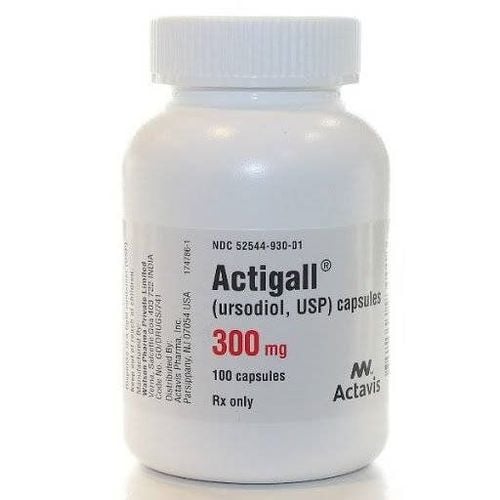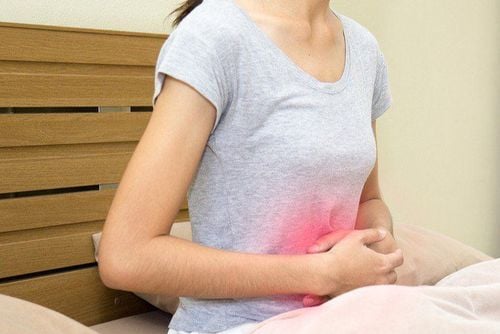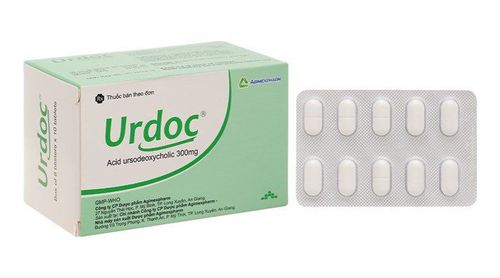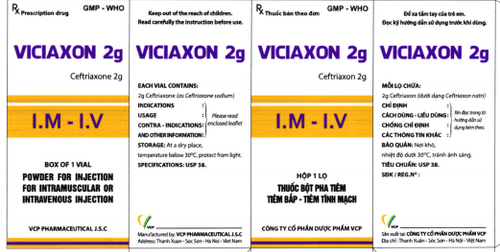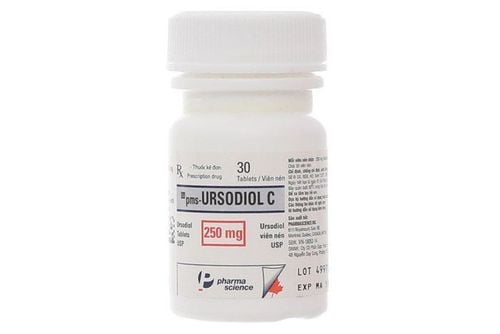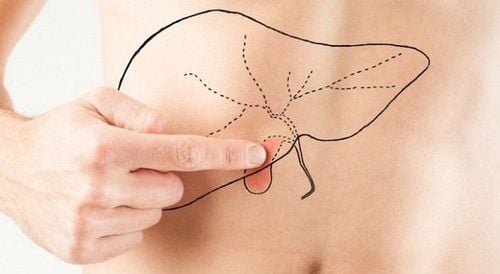This is an automatically translated article.
The article was written by Doctor Dang Anh Son - Emergency Department, Vinmec Times City International General Hospital.
Gallstones are hard residues of digestive juices that can form in the gallbladder. The gallbladder is a small, pear-shaped organ located on the right side of the abdomen, just below the liver. The gallbladder contains a digestive fluid called bile that is secreted into the small intestine.
Gallstones range in size from as small as a grain of sand to as large as a golf ball. Some people develop only one gallstone, while others develop multiple gallstones at once.
People who experience symptoms from gallstones often require cholecystectomy. Gallstones that do not cause any signs and symptoms usually do not require treatment.
1. Gallstone symptoms
Gallstones may not cause signs or symptoms. Signs and symptoms include:
Pain: sudden and severe pain in the upper right part of the abdomen or just below the breastbone. Nausea or vomiting. Yellow skin yellow eyes. High fever with chills.
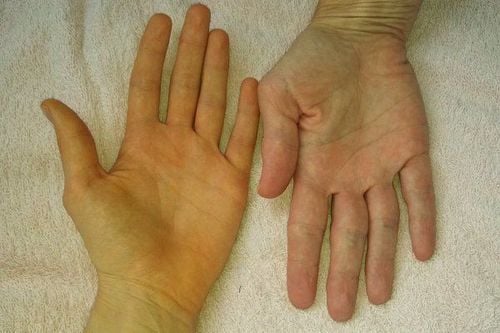
Vàng da là một triệu chứng của bệnh sỏi mật
2. Predisposing factors for gallstones
Factors that can increase your risk of gallstones include:
Female Age 40 or older Being Native American Being a Mexican-American Being overweight or obese Being sedentary Pregnant Eating a healthy diet high in fat Eat a diet high in cholesterol Eat a low fiber diet Have a family history of gallstones Have diabetes
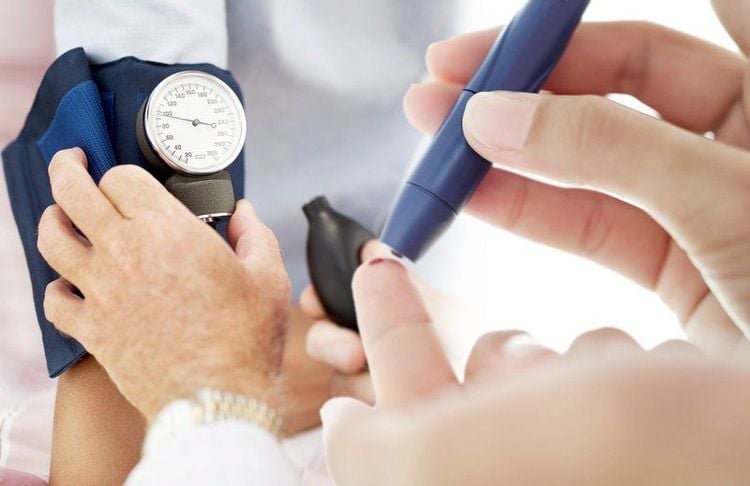
Bệnh nhân tiểu đường tăng nguy cơ mắc sỏi mật
Have some blood disorder: sickle cell anemia or leukemia ..... Losing weight very quickly Taking estrogen-containing drugs: birth control pills or hormone therapy... Having liver disease
3. Gallstone complications
Complications of gallstones can include:
Cholecystitis : Gallstones trapped in the neck of the gallbladder can cause cholecystitis. Blockage of the common bile duct: Gallstones can block the tubes (ducts) through which bile flows from your gallbladder or liver to your small intestine. May lead to severe pain, jaundice and bile duct infection. Obstruction of the pancreatic duct: The pancreatic duct is a tube that runs from the pancreas and joins the common bile duct just before entering the duodenum. Pancreatic juice, which aids digestion, flows through the pancreatic duct. Gallstones can cause a blockage in the pancreatic duct, which can lead to pancreatitis. Pancreatitis causes severe, persistent abdominal pain and often requires hospitalization. Gallbladder cancer: People with a history of gallstones have an increased risk of gallbladder cancer. But gallbladder cancer is very rare, so even though the risk of cancer is high, the chance of getting gallbladder cancer is still very small.
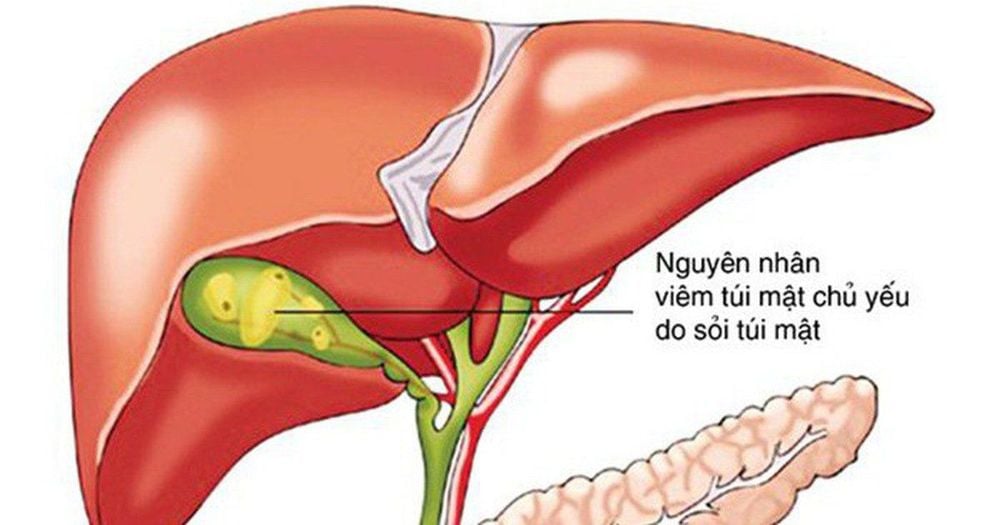
Viêm túi mật là biến chứng của bệnh sỏi mật
4. Diagnosis of gallstones
ClinicalRight lower quadrant abdominal pain. Frostbite fever. Vomiting, nausea. Yellow skin yellow eyes. Subclinical
Blood test . Blood tests can detect infection, jaundice, pancreatitis, or other complications caused by gallstones. Other imaging tests: abdominal ultrasound, cholangiography MRI...

Bệnh sỏi mật có thể được phát hiện khi xét nghiệm máu
5. Gallstone treatment
Most people with gallstones that cause no symptoms will never need treatment. Your doctor may advise you to be on the lookout for symptoms of gallstone complications, such as severe pain in the upper right abdomen. If signs and symptoms of gallstones occur, you can get treatment.
Currently, Vinmec has many interventions for cases of gallstones that need intervention such as:
Laparoscopic cholecystectomy: is a surgery to remove the gallbladder through laparoscopic method. performed through many small incisions (2-3 incisions) instead of the traditional open surgery method. With this method, the patient will recover faster, less bleeding, less risk of infection and more aesthetic. Endoscopic retrograde cholangiopancreatography (ERCP) is an endoscopic technique of duodenum under X-ray light to diagnose and treat a number of diseases of the biliary tract and pancreas. The technique is conducted to insert a catheter into the biliary or pancreatic duct through a duodenoscope, through which contrast is injected into the biliary tract or pancreas for the purpose of diagnosing and treating pathologies of the biliary tract and pancreas. For patients with common bile duct stones, stones will be removed by this method; This is a less invasive method, less impact on the patient's body, fewer complications, short hospital stay, fast recovery.
Vinmec International General Hospital is one of the hospitals that not only ensures professional quality with a team of leading medical doctors, a system of modern equipment and technology. The hospital provides comprehensive and professional medical examination, consultation and treatment services, with a civilized, polite, safe and sterile medical examination and treatment space.
Please dial HOTLINE for more information or register for an appointment HERE. Download MyVinmec app to make appointments faster and to manage your bookings easily.




